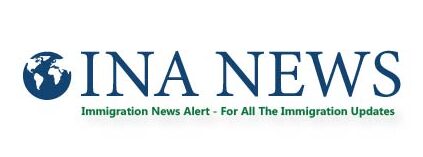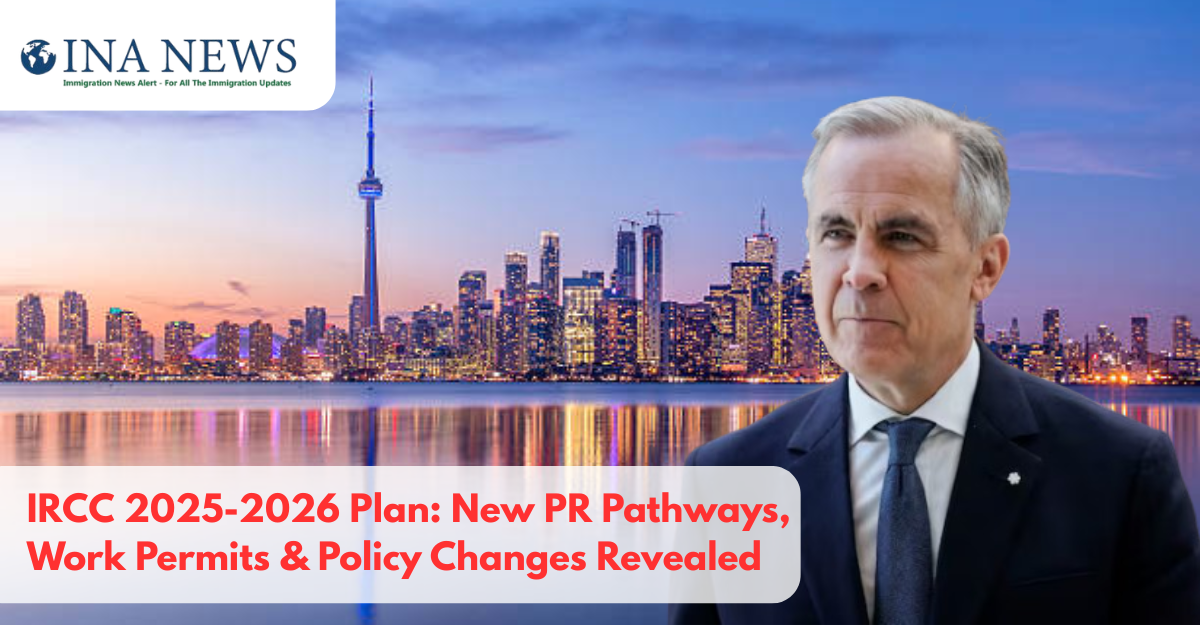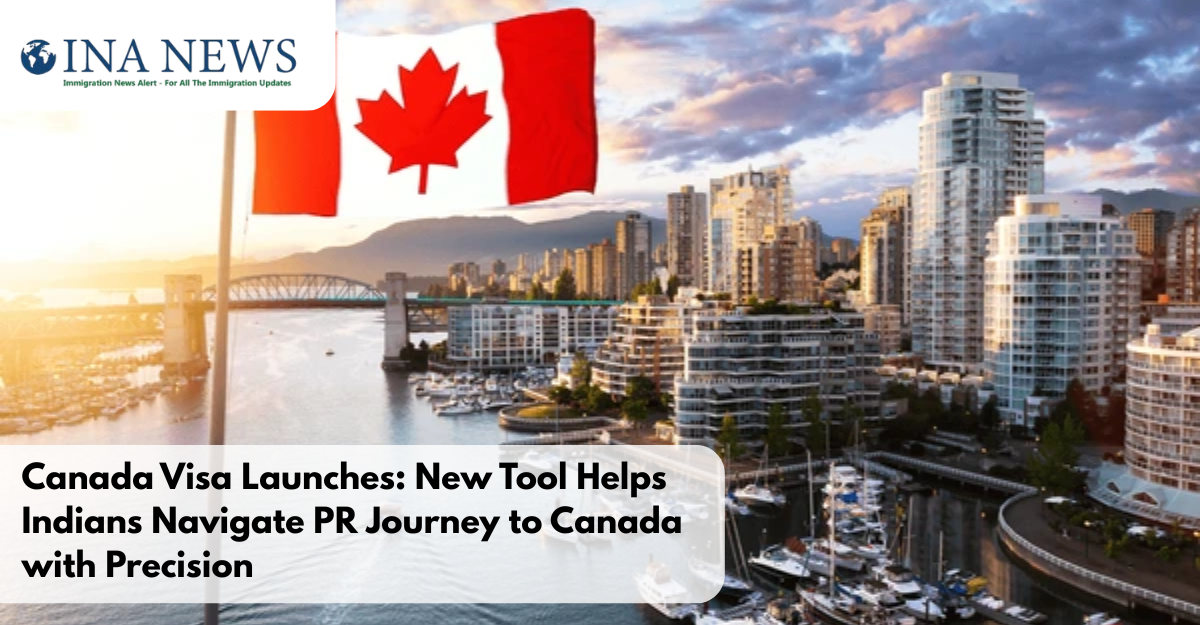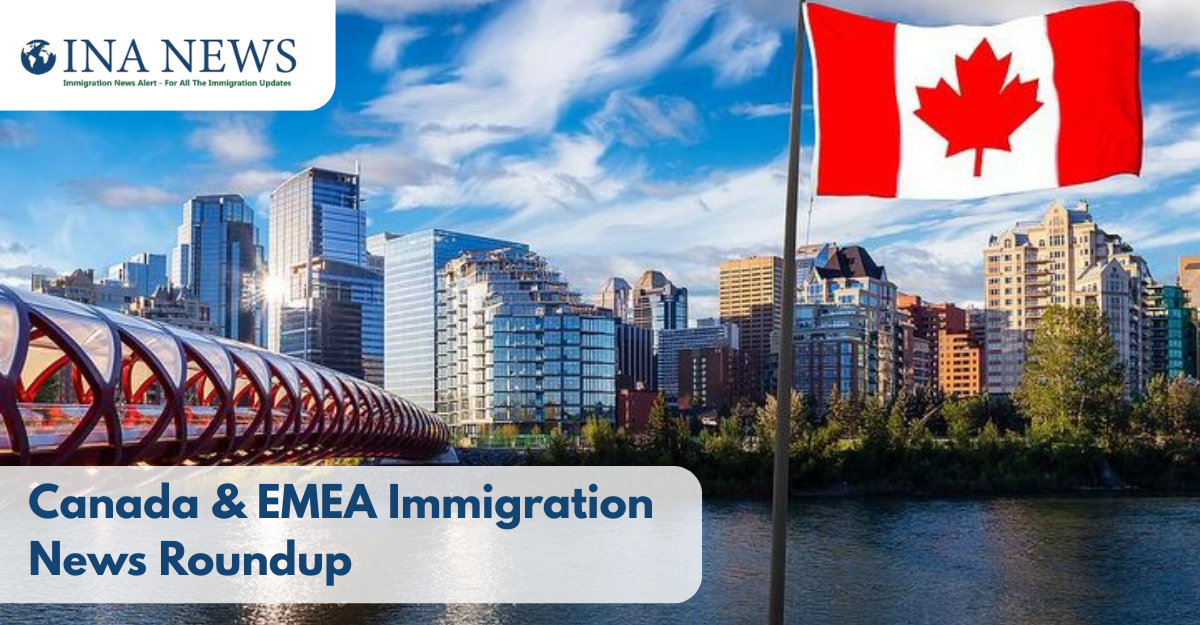Canada’s immigration system is undergoing significant changes as Immigration, Refugees and Citizenship Canada (IRCC) unveiled its 2025-2026 Departmental Plan. From new permanent residency (PR) pathways to revised rules for spousal work permits and post-study visas, the changes are designed to make the system more responsive to labor market needs and demographic priorities.
Here’s a detailed look at what immigrants, students, foreign workers, and employers can expect from the upcoming reforms.
New PR and Work Permit Pathways
One of the most notable announcements is the permanent establishment of the Economic Mobility Pathways Pilot. By the end of 2025, this pilot will become a full-fledged immigration stream, offering a stable route to PR for skilled refugees.
Additionally, IRCC will introduce a new work permit stream for foreign workers in Canada’s agriculture and fish processing sectors, industries that have long relied on temporary labor.
PGWP and Spousal Work Permit Reforms Coming
In a bid to tighten eligibility, IRCC will revise the post-graduation work permit (PGWP) rules by updating field-of-study requirements. This aligns with the broader federal effort to control temporary resident levels.
Changes are also expected to spousal open work permits (SOWP) for spouses of international students and foreign workers, likely adding stricter eligibility filters.
Trade, Digitalization & Francophone Focus
Canada plans to implement free trade agreement (FTA) work permit provisions with Indonesia and Ecuador while negotiating similar pathways with ASEAN and CPTPP candidate countries.
Meanwhile, IRCC will roll out a new online portal for clients, improving digital access to applications, case updates, and services. The Welcoming Francophone Communities Initiative will also be operationalized through 2026, further promoting French-speaking immigrant integration outside Quebec.
Express Entry Optimization and GeoMatch Tool
In partnership with Stanford University, IRCC is testing a new GeoMatch algorithm to help Express Entry candidates choose better settlement locations based on job availability, community needs, and retention potential.
What This Means for Future Applicants
- Work and study experience in Canada will continue to boost PR eligibility.
- IRCC is focusing on in-Canada temporary residents aiming for 40% of PR admissions to come from this pool.
- Temporary resident caps, PGWP limits, and stricter SOWP eligibility mean future applicants must plan more strategically.
As Canada adapts its immigration system to economic pressures and infrastructure demands, applicants are urged to stay informed and ensure full accuracy in their applications to avoid misrepresentation penalties.






